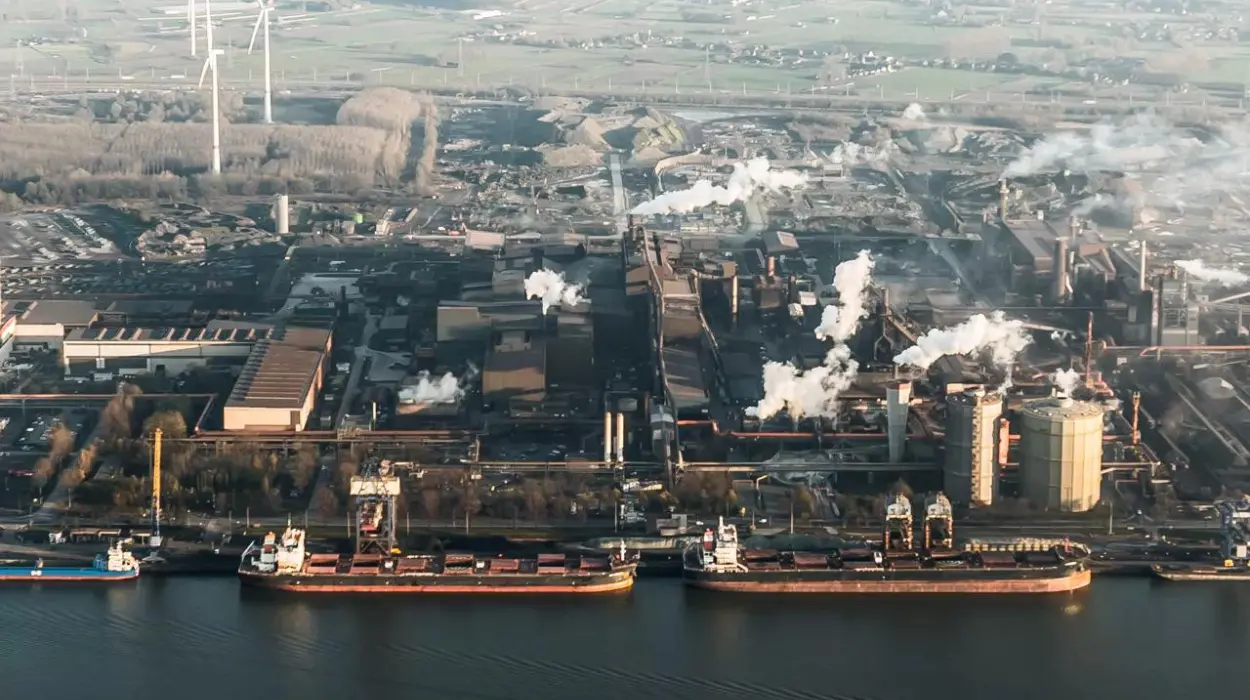Ghent (The Brussels Morning Newspaper):North Sea Port’s cargo throughput remained steady in the first half of 2024 despite challenges like the Ukraine war and energy crisis, with growth in liquid bulk and inland navigation.
The North Sea Port made by joining the ports of Ghent Vlissingen and Terneuzen, has kept its cargo handling steady in the first half of this year. Even though there were big issues like the war in Ukraine and the energy crisis that caused an 11 percent drop in cargo handling last year the port hasn’t seen any more decreases in its cargo traffic. In the first half of this year the North Sea Port handled about 33.4 million tonnes of cargo by sea. The port has kept its cargo levels steady despite all the challenges. The port can handle tough times and stay strong. It’s important for the North Sea Port to keep handling the same amount of cargo because it helps the economy and keeps the port as a major hub in the area. The fact that they’re staying stable in cargo levels because of good management and smart changes they made to deal with the tough situations happening around the world.
How has the North Sea Port navigated economic challenges while maintaining cargo volumes?
Because of the EU sanctions, trade with Russia went down by 17% in the first half of the year. This drop isn’t related to the latest EU sanctions package that was agreed upon recently. The sanctions also target Russian LNG gas which affects the Fluxys terminal in Zeebrugge. However no LNG is coming into the North Sea Port. In the past sanctions on coal, gas and oil have impacted trade with Russia. Currently Russia is the tenth trading partner of the Ghent-Zeeland port, whereas two years ago it held the top spot.Great Britain is the main trading partner followed by the United States and Sweden.
The North Sea Port which came about from merging the Ghent, Vlissingen and Terneuzen ports has been doing well in handling cargo despite tough economic times. In the first half of this year the port saw steady or increased volumes of goods being moved around. Liquid bulk goods like chemicals and fertilizers, went up by 5 percent to 7.5 million tonnes there’s still a good demand for these materials. Also general cargo which includes stuff like cellulose increased by 4.1 percent to 5.2 million tonnes. This growth indicates that trade and industry in the port are still going strong.The moving of vehicles and similar ro/ro cargo stayed the same at 1.9 million tonnes. Transportation volumes using this method are consistent which helps keep the port running smoothly. North Sea Port can adjust to different economic situations and global issues. By focusing on areas that are strong and growing like products that do well even in tough times and important materials the port keeps playing a big role in regional logistics and trade. This way it keeps the economy stable and its operations efficient.
What factors influenced the North Sea Port’s dry bulk and inland shipping cargo volumes in the first half of 2024?
The amount of dry bulk goods went down by 2 percent to 18 million tonnes. This drop is mainly due to less moving around of oilseeds and iron ore. However, there were increases in things like fertilizers and raw minerals in this category. The transport of goods through inland shipping went up by 2.6 percent in the first half of this year reaching 32.2 million tonnes. While the trade of liquid bulk goods increased the dry bulk goods stayed the same. The port folks are cautiously hopeful about future volumes which might go up again but it all depends on energy prices. Growth in Western European countries seems a bit limited this year with an expected slight increase of two percent by 2024 according to North Sea Port.



